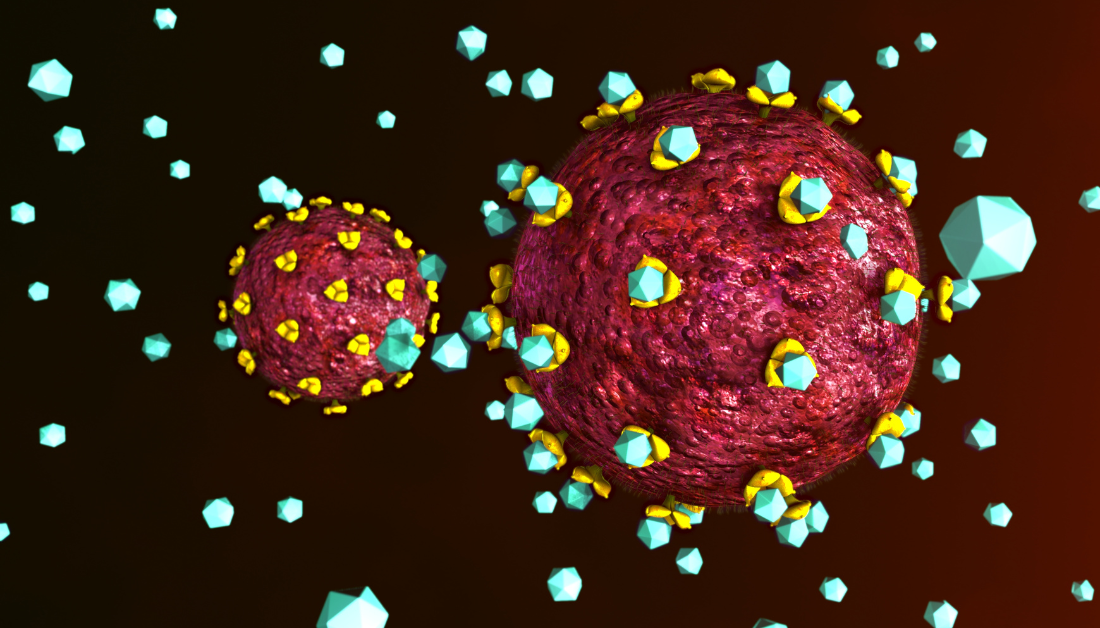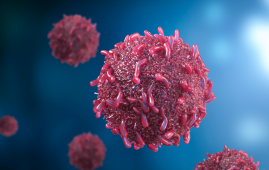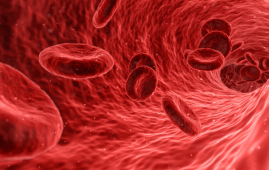

A recent study in EBioMedicine analyzed the effects of nicotinamide mononucleotide (NMN) on CD4+ Thymus cells (T cells), which are T lymphocytes with CD4 receptors, and their role in immune activation during HIV-1 infection.
Background
In HIV-1 infections, approximately 30% of people undergoing combination antiretroviral therapy (cART) fail to adequately restore CD4+ T cells, increasing their susceptibility to immune deficiency syndromes (AIDS) and associated illnesses.
Research indicates that Vitamin D and Vitamin B3 (niacin), which are known to enhance Nicotinamide adenine dinucleotide (NAD) – crucial for cell metabolism and declining with age – are effective in immune modulation and supporting the restoration of CD4+ T cells. NMN, a direct NAD precursor without the adverse effects of other precursors, shows promise as a treatment for age-related conditions and for enhancing immune responses to infections and cancer.
Additional research is required because, despite the effectiveness of cART in reducing HIV-1 viremia, a significant number of individuals do not recover their CD4+ T cell count, leading to higher clinical risks. Understanding the role of NMN in modulating immune activation could provide new strategies for enhancing CD4+ T cell recovery and reducing disease progression in these patients.
About the study
In this study, researchers utilized peripheral blood from both HIV-1-uninfected donors and people living with HIV (PLWH) to isolate peripheral blood mononuclear cells (PBMCs). They employed Lymphoprep™ for density gradient centrifugation and various isolation techniques to minimize cell activation.
The isolated PBMCs and primary CD4+ T cells were cultured in R10 medium and modified for NMN treatment experiments. The HIV-1JRFL virus was propagated using the MOLT-4 CCR5+ cell line for virus preparation and infection, while the Human Embryonic Kidney 293 cells with a transfection receptor (HEK293T) cell line were used for packaging a non-replicable HIVJRFL-nLuc pseudovirus.
Researchers used a spinoculation technique to introduce these viruses into primary CD4+ T cells and the MOLT-4 CCR5+ cell line. They incorporated various control measures, such as mock infections and pre-treatment with Maraviroc, to ensure rigorous experimentation. Reactivation of the virus in ex vivo primary cell models and cell lines was achieved through specific treatments.
The MOLT-4 CCR5+ cells underwent cell transfection, followed by NMN treatment and RNA extraction. Mycoplasma-free cell lines played a crucial role in various assays, including anti-p24 Enzyme-Linked Immunosorbent Assay (ELISA) and luciferase assays, to measure NAD levels, cell viability, and pseudotyped virus responses. DNA and RNA extractions were conducted after NMN treatment or HIV-1 infection, with quantitative real-time PCR assays providing in-depth analysis.Flow cytometry was utilized for cell surface and intracellular staining.
The study also included experiments on humanized mice, with careful consideration of animal welfare and experimental conditions. The team monitored the mice’s plasma viral loads and cellular markers, collecting spleen samples for additional research. Advanced methods like Cytometry by Time-Of-Flight (CyTOF), Immunohistochemistry (IHC) staining, and RNA sequencing were used to assess the impact of NMN treatment at a molecular level. The research concluded with thorough statistical analyses and adherence to ethical standards, upholding research integrity.
Study results
For more information: Nicotinamide mononucleotide impacts HIV-1 infection by modulating immune activation in T lymphocytes and humanized mice. EBioMedicine.
more recommended stories
 Can Ketogenic Diets Help PCOS? Meta-Analysis Insights
Can Ketogenic Diets Help PCOS? Meta-Analysis InsightsKey Takeaways (Quick Summary) A Clinical.
 Silica Nanomatrix Boosts Dendritic Cell Cancer Therapy
Silica Nanomatrix Boosts Dendritic Cell Cancer TherapyKey Points Summary Researchers developed a.
 Vagus Nerve and Cardiac Aging: New Heart Study
Vagus Nerve and Cardiac Aging: New Heart StudyKey Takeaways for Healthcare Professionals Preserving.
 Cognitive Distraction From Conversation While Driving
Cognitive Distraction From Conversation While DrivingKey Takeaways (Quick Summary) Talking, not.
 Fat-Regulating Enzyme Offers New Target for Obesity
Fat-Regulating Enzyme Offers New Target for ObesityKey Highlights (Quick Summary) Researchers identified.
 Spatial Computing Explains How Brain Organizes Cognition
Spatial Computing Explains How Brain Organizes CognitionKey Takeaways (Quick Summary) MIT researchers.
 Gestational Diabetes Risk Identified by Blood Metabolites
Gestational Diabetes Risk Identified by Blood MetabolitesKey Takeaways (Quick Summary for Clinicians).
 Phage Therapy Study Reveals RNA-Based Infection Control
Phage Therapy Study Reveals RNA-Based Infection ControlKey Takeaways (Quick Summary) Researchers uncovered.
 Pelvic Floor Disorders: Treatable Yet Often Ignored
Pelvic Floor Disorders: Treatable Yet Often IgnoredKey Takeaways (Quick Summary) Pelvic floor.
 Urine-Based microRNA Aging Clock Predicts Biological Age
Urine-Based microRNA Aging Clock Predicts Biological AgeKey Takeaways (Quick Summary) Researchers developed.

Leave a Comment